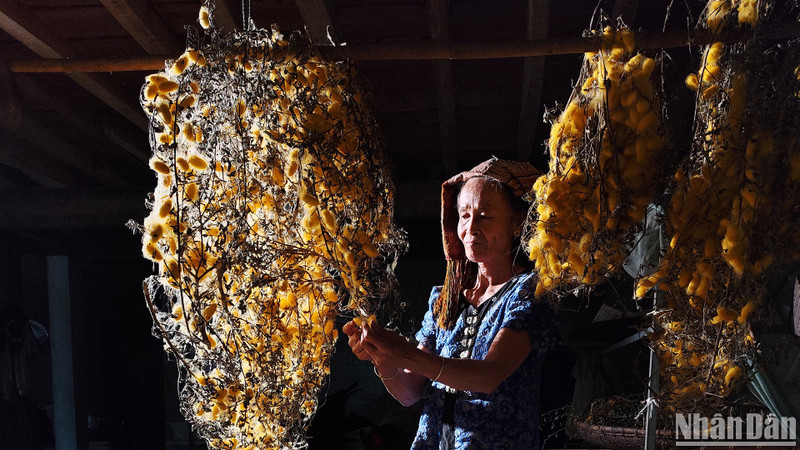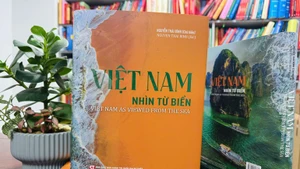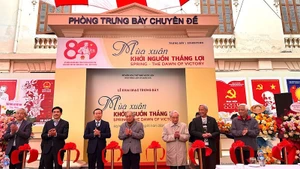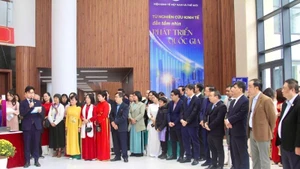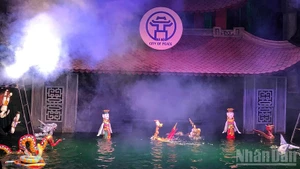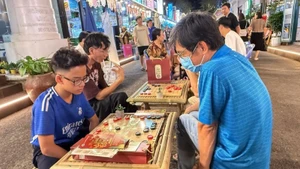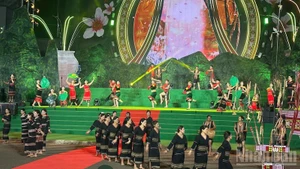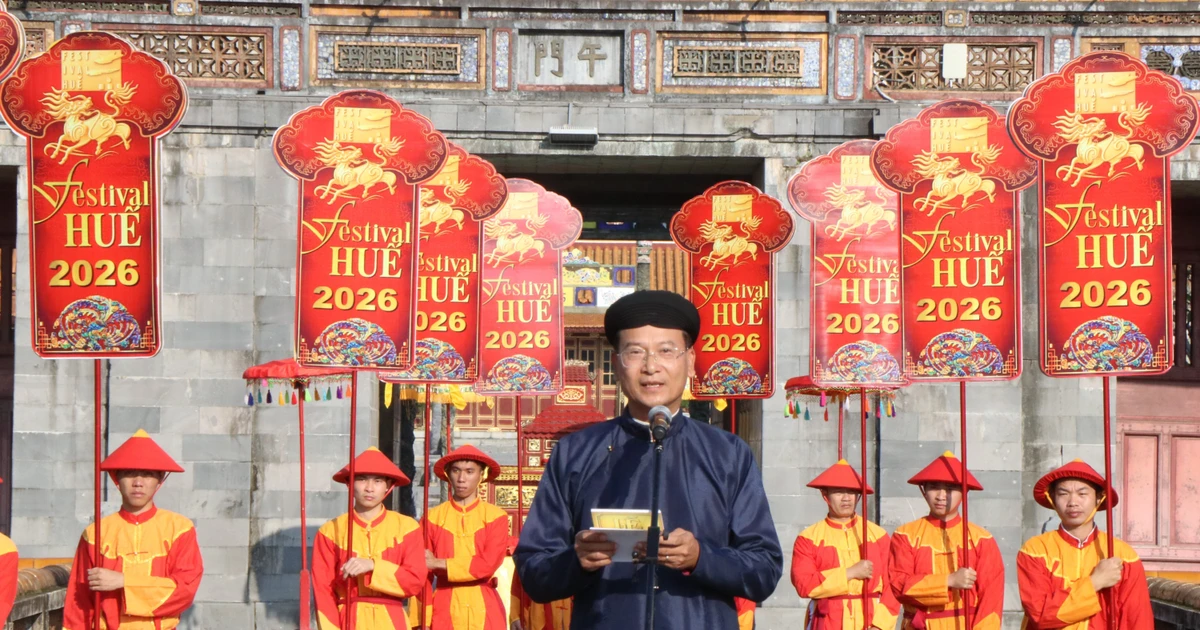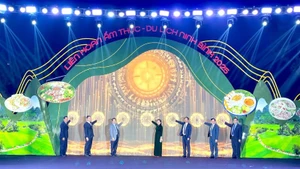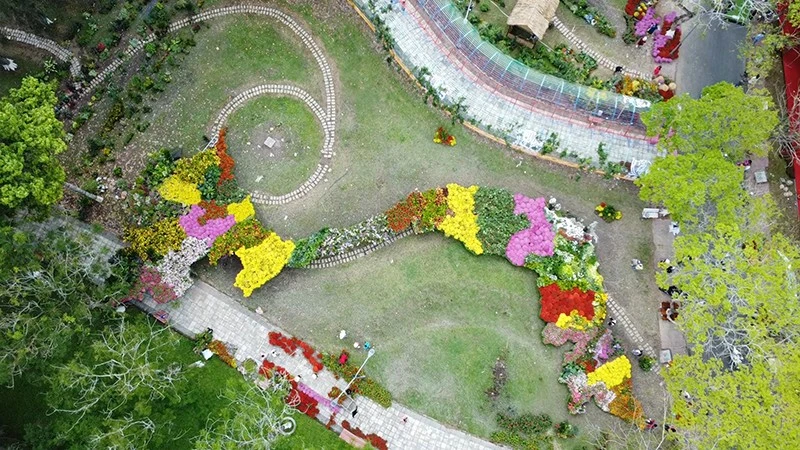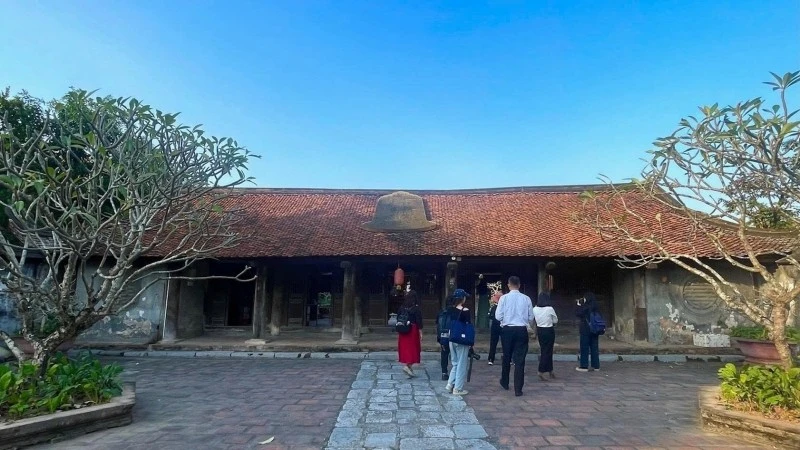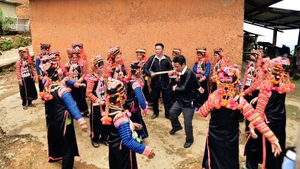About ten kilometres from the centre of Quy Chau District, along winding slopes and mist-covered hillsides, lies the tranquil Hoa Tien Village with wooden stilt houses, murmuring streams, and the endless green of lush mulberry gardens. Without noise or haste, local residents remain steadfastly committed to growing mulberries and raising silkworms.
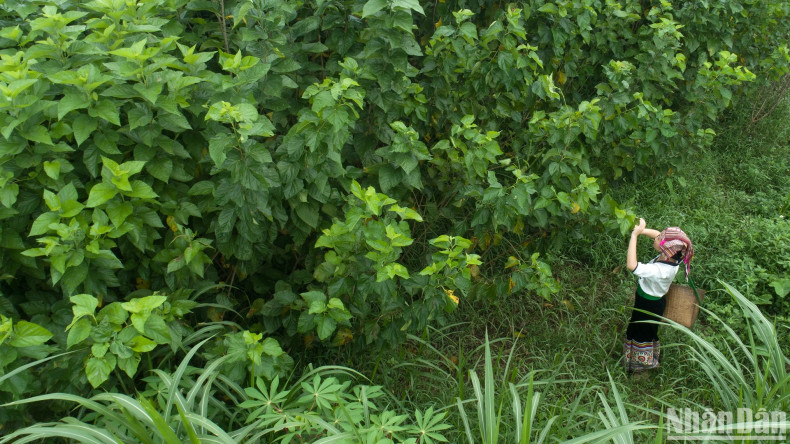 |
| Vibrant mulberry beds in Hoa Tien Village. (Photo: VU LINH) |
Along stream banks and elevated plots surrounding the village, mulberry trees are planted in neat rows, casting cool shade. With dew still clinging to the leaves, local women gather fresh mulberry leaves for the silkworms each morning. The work demands diligence, precision, and punctuality to ensure the leaves retain freshness and crispness under the sun.
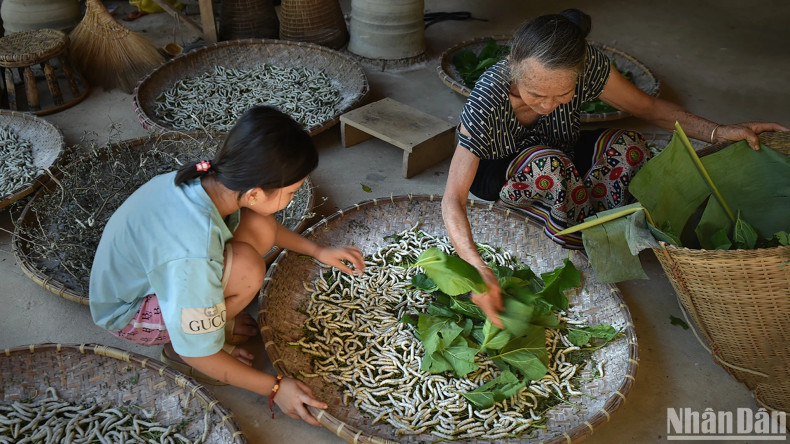 |
| Feeding silkworms with mulberry leaves. (Photo: VU LINH) |
According to village elders, the tradition of mulberry cultivation and silkworm rearing in Hoa Tien is centuries old. The Thai people have long raised silkworms and woven fabric to make garments for daily use and ceremonial purposes. Though economic and social changes have at times interrupted the craft, it has never been completely forgotten. Some families have continued to care for silkworm trays and mulberry beds as a way of honouring their ancestors, creating a foundation for reviving the traditional craft in a modern context.
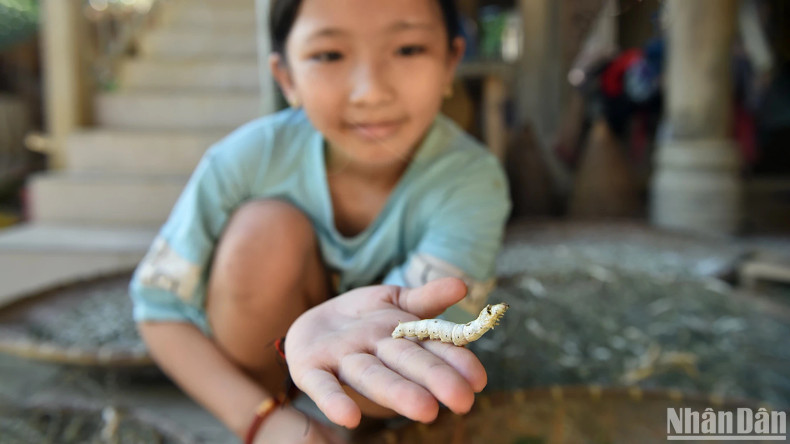 |
| A young child carrying forward the family’s sericulture tradition. (Photo: VU LINH) |
In recent years, as demand for eco-friendly, handcrafted products has grown, Hoa Tien’s sericulture has experienced a revival. Locals have expanded mulberry cultivation and increased the number of silkworm batches raised each year to improve their income. This signals not only positive livelihood prospects but also the enduring value of a centuries-old tradition.
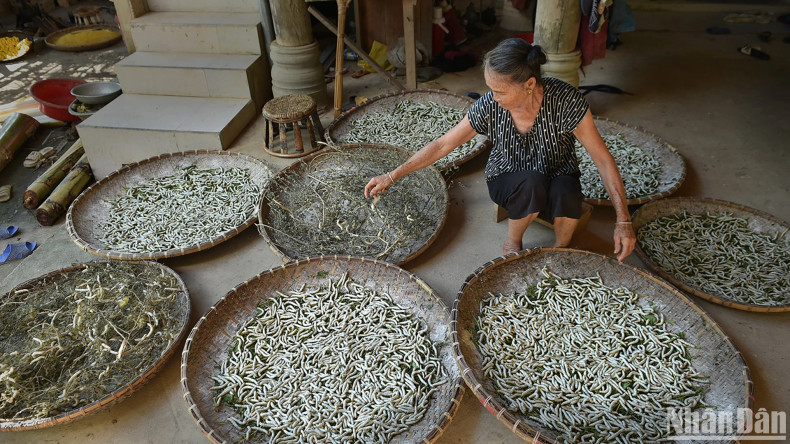 |
| Reviving sericulture in Hoa Tien. (Photo: VU LINH) |
According to villagers, although mulberry farming and silkworm rearing are not overly complex, they require great care and patience. Each silkworm cycle lasts over 20 days, from egg incubation to maturity. Silkworms are raised in dry, well-ventilated stilt houses, sheltered from draughts. Their care must be adjusted daily based on their developmental stage. During the most intense feeding phase, silkworms are fed four to five times a day. When ready to spin cocoons, they are placed into trays and arranged carefully to allow proper cocoon formation.
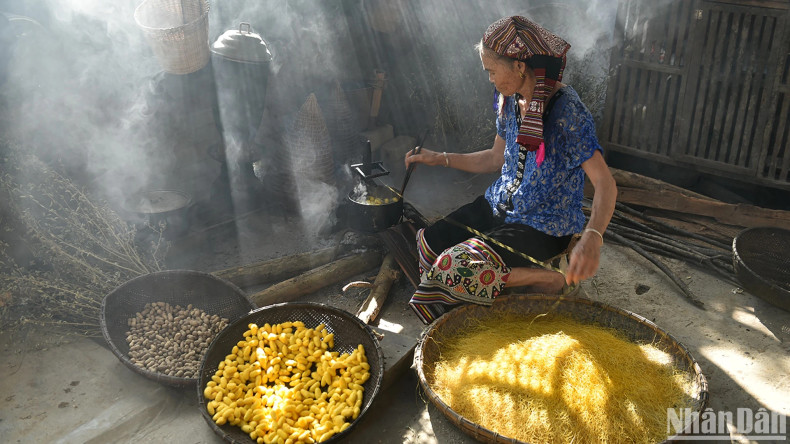 |
| Villagers in Hoa Tien remain committed to preserving the craft. (Photo: VU LINH) |
Each golden, lustrous cocoon is the result of over 20 days of meticulous care. From these cocoons, villagers can spin silk and weave traditional fabrics.
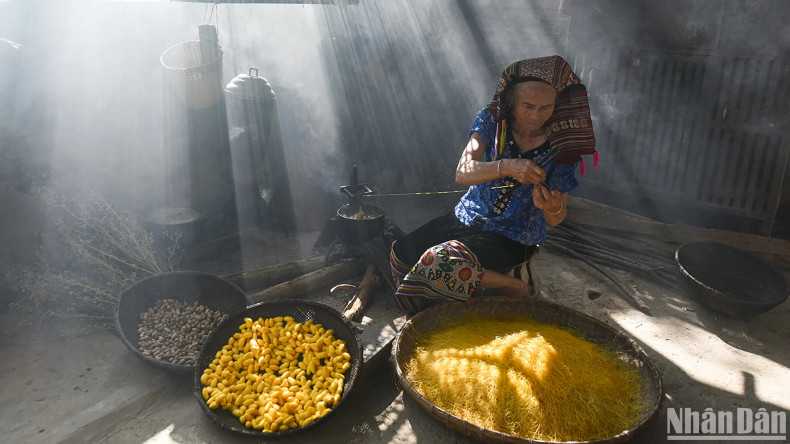 |
| Mulberry cultivation and sericulture are age-old traditions in Hoa Tien. (Photo: VU LINH) |
For the Thai people of Hoa Tien, the craft is more than a livelihood. It is a way of life, a custom passed down through generations. Every mulberry plant and silkworm tray embodies collective memory, industriousness, and a harmonious lifestyle with nature.
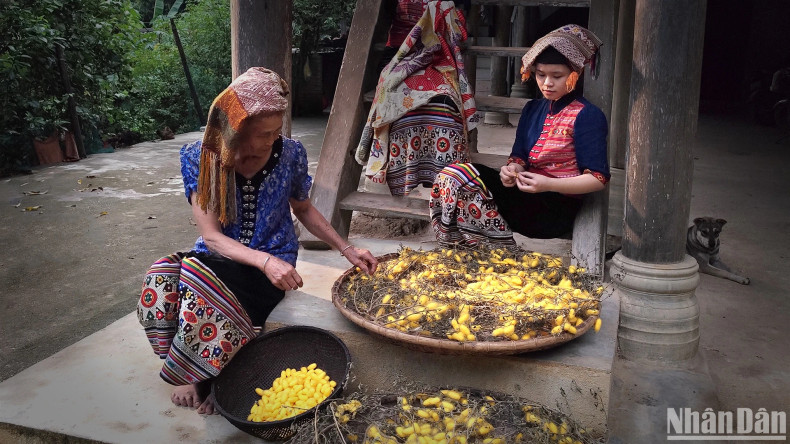 |
| The enduring value of a traditional craft. (Photo: VU LINH) |
Though life changes day by day, Hoa Tien retains the rhythm of its ancestral ways. Preserving sericulture is not only about maintaining traditional practices and production methods, but also about opening pathways to community-based tourism and participating in domestic and international handicraft markets.
